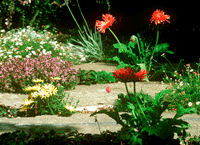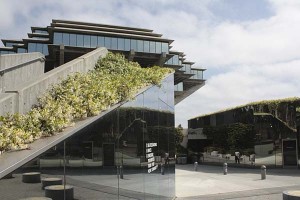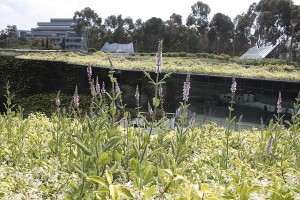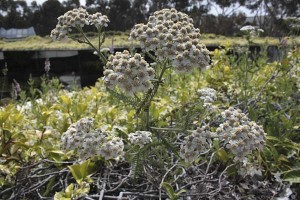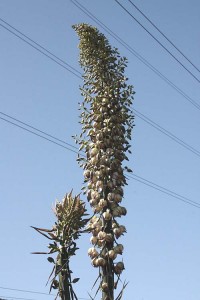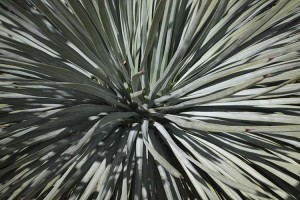The spring orgy of flowers is winding down. Some spring bulbs flashed for just a few days and were gone. But it didn’t really matter because they were replaced by something else interesting.
Summer’s flowers seem to come at a more measured pace. But for me it’s a different sort of pleasure, letting me focus on more subtle things like plant forms, leaf colors and textures.
Here’s some of what’s still blooming from spring, along with the beginnings of plants that will accompany me through the summer months.
The flowers above, left to right, top to bottom:
1: Blanket flower (Gaillardia pulchella).
2: Lavender cotton (Santolina chamaecyparissus–I have to look up the spelling of this species every time).
3: Deerweed (Lotus scoparius) You might confuse this California native for one of the invasive brooms. It’ll drop most of its leaves to survive the summer drought, but the delicate wands of branches stay attractive–at least to my eyes.
4. St. Catherine’s lace (Eriogonum giganteum)–a buckwheat from the California Channel Islands and coastal regions. This is a young plant, but its umbels are already huge–the largest in this photo is two feet across.
5. Santa Cruz Island buckwheat (Eriogonum arborescens)–another California buckwheat.
6. This is a Crinum that came with the house. It might be C. powellii.
7. Verbena bonariensis–a flower that’s exactly the same color as the verbena in the final picture in this post, though their plant and flower forms are totally different.
8. Clarkia williamsonii.
9. Same as 6.
10. Brodiaea species, one that I lost my records for–maybe B. elegans (anybody know this one?).
11. Butterfly bush (Clerodendrum myricoides ‘Ugandense’)–In the same family as mints and sages, this has square stems and a delicate scent to the leaves and stems. It enjoys water but doesn’t get much of it and still looks presentable.
12. Verbena lilacina, a tough species from the Isla de Cedros, off the coast of Baja. At first glance it looks like the lavender lantana many people around here grow, but the leaves are totally different. Here it’s planted alongside some succulents with red and blue-gray leaves.
Thanks again to Carol at May Dreams Gardens for hosting Garden Bloggers Bloom Day!

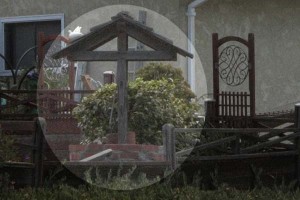
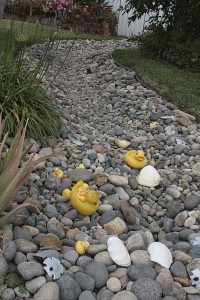
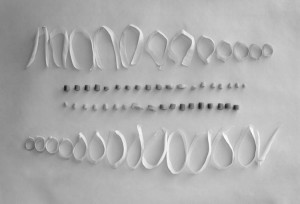




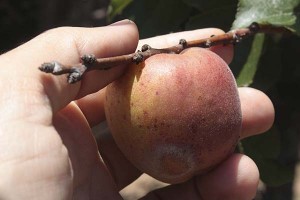
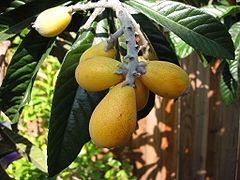
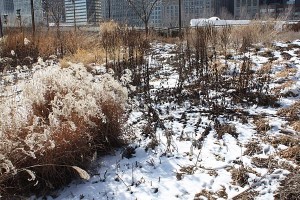
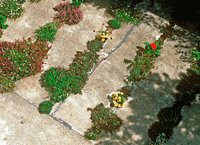 (Photo: Tom Fox)
(Photo: Tom Fox)
